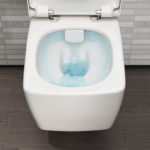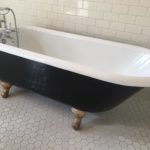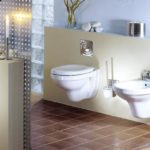Types of toilets
It is difficult to imagine the life of a modern person without a variety of plumbing devices. One of the most important is the toilet. It makes visiting the bathroom not only comfortable, but also hygienic.
But even with proper care of the plumbing, over time the toilet may lose its attractive appearance or fail. In this case, you will need to replace the old product with a new one. And if earlier you were limited in choosing a new product, now the stores offer a wide range of different models.
In our article we will talk about all existing toilet options and their features.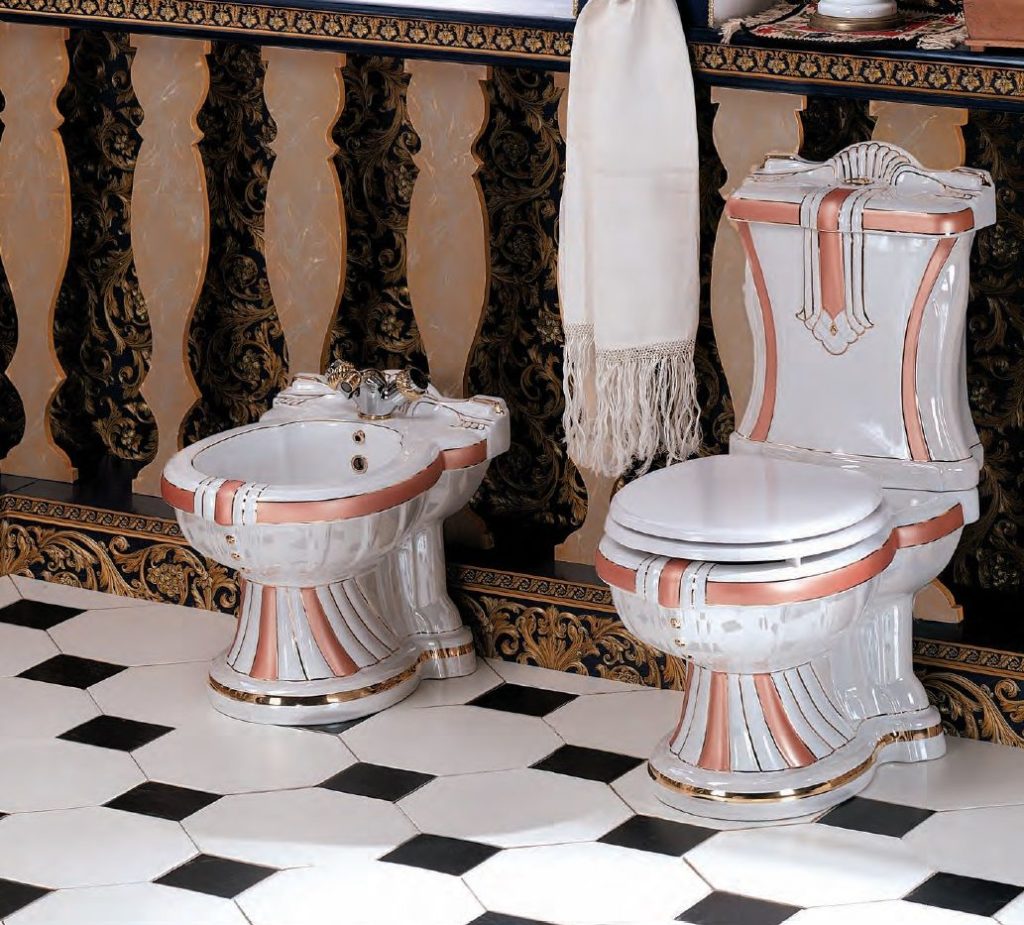
The content of the article
Types of toilets by bowl
The manufacturer is not limited when choosing the shape for the bowl of a sanitary product. The main thing is that it should be comfortable and hygienic. But there are standard forms that most manufacturers adhere to. Thus, the following variants of sanitary product bowls are distinguished:
- Kozyrkovaya. This is the most common and popular option. The design of the toilet bowl has a special protrusion, which completely eliminates splashing of liquid. Also, the slope of the bowl is considered the most hygienic.
- Funnel-shaped. The funnel of the structure is located in the center of the bowl. This ensures high hygiene of the device. This arrangement promotes rapid drainage. The disadvantage of the product is the formation of splashes when draining.
- Disc-shaped. The product has a “shelf” on which waste products accumulate. Because of the protrusion, they can only be removed by flushing. Now such products are considered obsolete and are gradually going out of use. This is due to the low levels of hygiene and convenience of this plumbing option. The advantages include the absence of splashes during use.
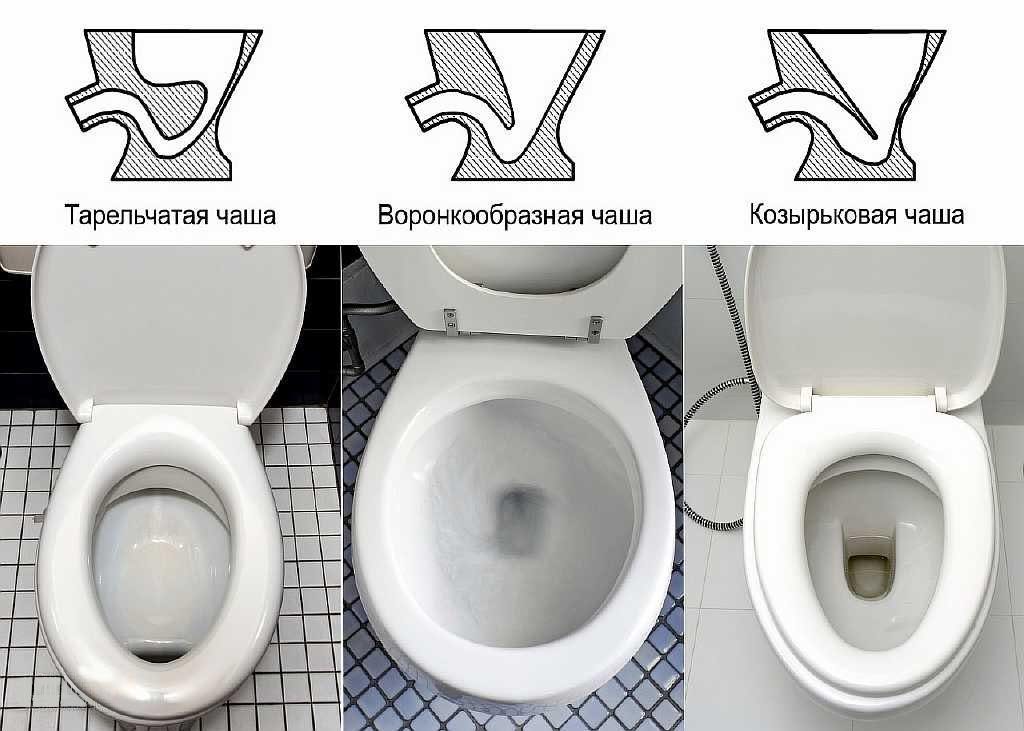
Types of flush toilets - which one is better?
Plumbing fixtures are also separated according to the direction of water when draining. There are several design options:
- Cascade or direct drain. In this design, water is drained from one side of the bowl. The product has a long service life. But a significant drawback is the low level of hygiene. This is due to the fact that water does not wash away all contaminants. In addition to poor-quality drainage, the plumbing device splashes liquid. The advantages include the low cost of such a product.
- Circular water flush. In this embodiment, the liquid jets are directed at different angles, so the water moves in different directions. The advantages include low noise during use, as well as the absence of splashing water droplets.
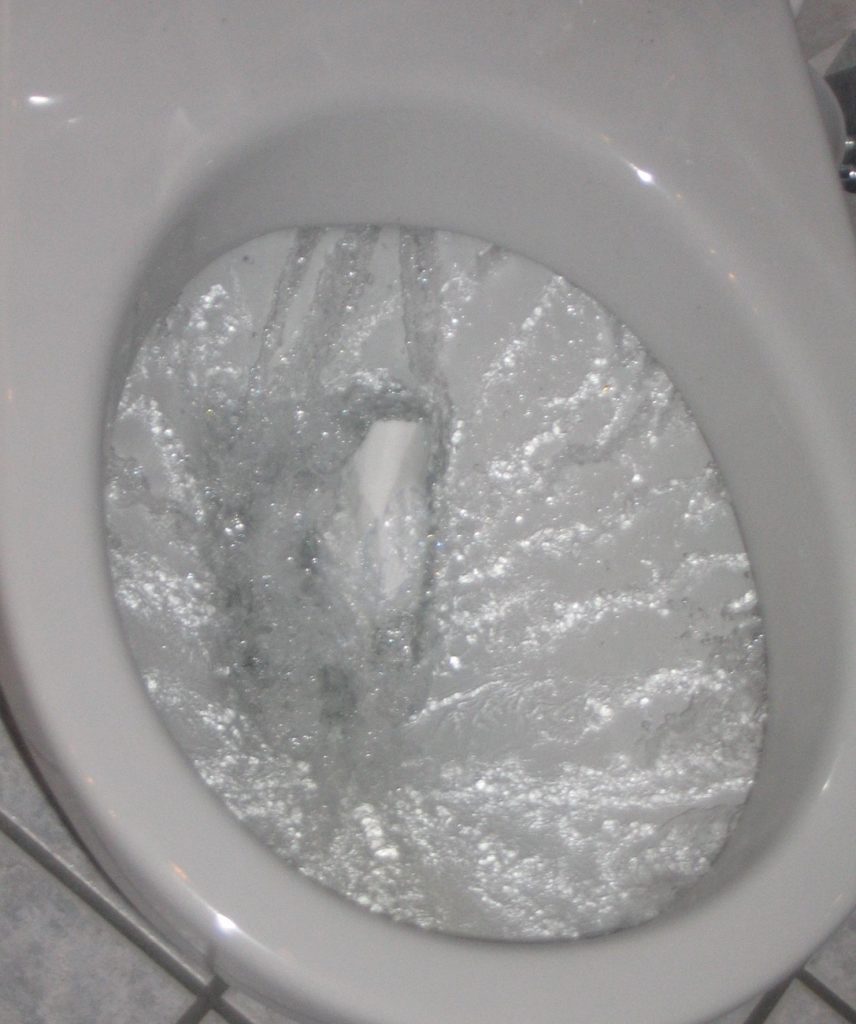
- Twisted. This option involves preliminary drawing of water, after which the liquid is quickly drained. The twisted method covers the entire inner surface of the bowl. The disadvantages of the design include the high cost of the product, as well as high water consumption, which reaches 8–10 liters.
Reference! According to accepted standards, the average water consumption when draining is six liters. But there are options on sale that provide more economical consumption. They are equipped with a double flush system, which allows you to use a full toilet tank twice.
Types of toilets for release into the sewer system
There is one more characteristic that should be taken into account when choosing a suitable plumbing model - the method of draining water into the sewer system. There are three options for releasing liquid:
- Oblique. The option assumes a drain angle of 40–45 degrees. This design was popular in the 80s of the last century. These are the models that could be found in most apartment buildings.
- Vertical. The design was common in the first half of the twentieth century. It is especially popular on both American continents. This is explained by the installation method - the product is not tied to the walls of the room, which allows you to install the plumbing fixture in any necessary place. Communications with this placement are hidden using finishing materials of the ceiling or walls.
Material for making toilets
The most common option is when the cistern and toilet bowl are made of the same material. The exception to the rule is the collapsible design. It involves separate installation of the tank and bowl - the tank is fixed on the wall and can be made of plastic, the bowl is placed on the floor and is mainly made of sanitary earthenware.
Manufacturers can also use:
- Porcelain. The products have a long service life. In addition, the smooth surface makes cleaning the product easy.This allows you to use earthenware devices not only at home, but also in public places. The disadvantage is the high cost of the device.
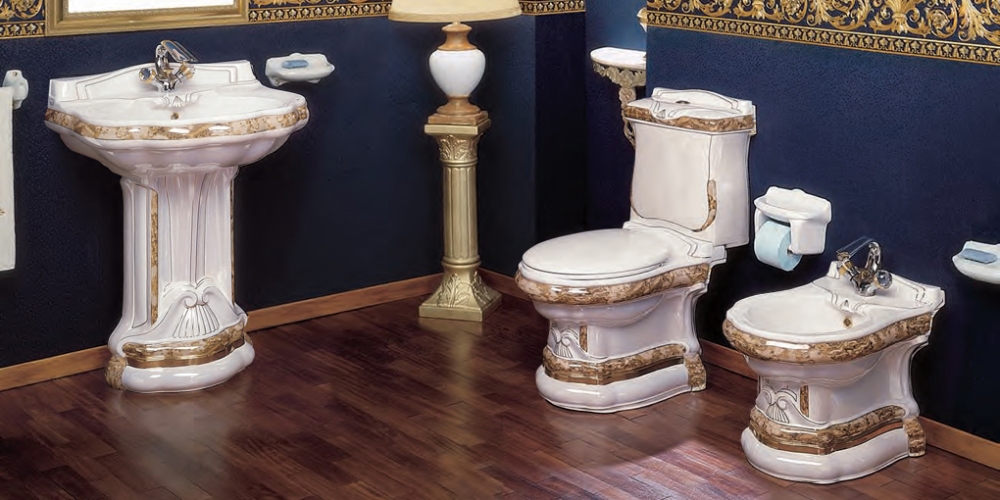
- Ceramics. Ceramic models are cheaper than porcelain ones, so they are very popular. The downside is the short service life.
- Glass, stone. They make such plumbing fixtures for designer premises. Therefore, it has a high cost. However, glass products are not highly durable. To produce toilets from stone, special substances are added, so they are more durable.
- Plastic. The development of modern technologies has made it possible to produce durable plumbing fixtures from reinforced plastic. In addition, the products are easy to clean and highly hygienic.
Method of attaching plumbing fixtures with photos
Also, toilets differ in installation options. So, the product can be installed in the following ways:
- Floor. This is the most common option. You can install this product yourself. Such models are recommended for installation in spacious bathrooms. Installation is carried out using bolts and takes a little time.
- Suspension. Recommended for small areas as it takes up little space. The structure is fixed to the wall using a metal frame. Withstands suspended version up to 400 kg.
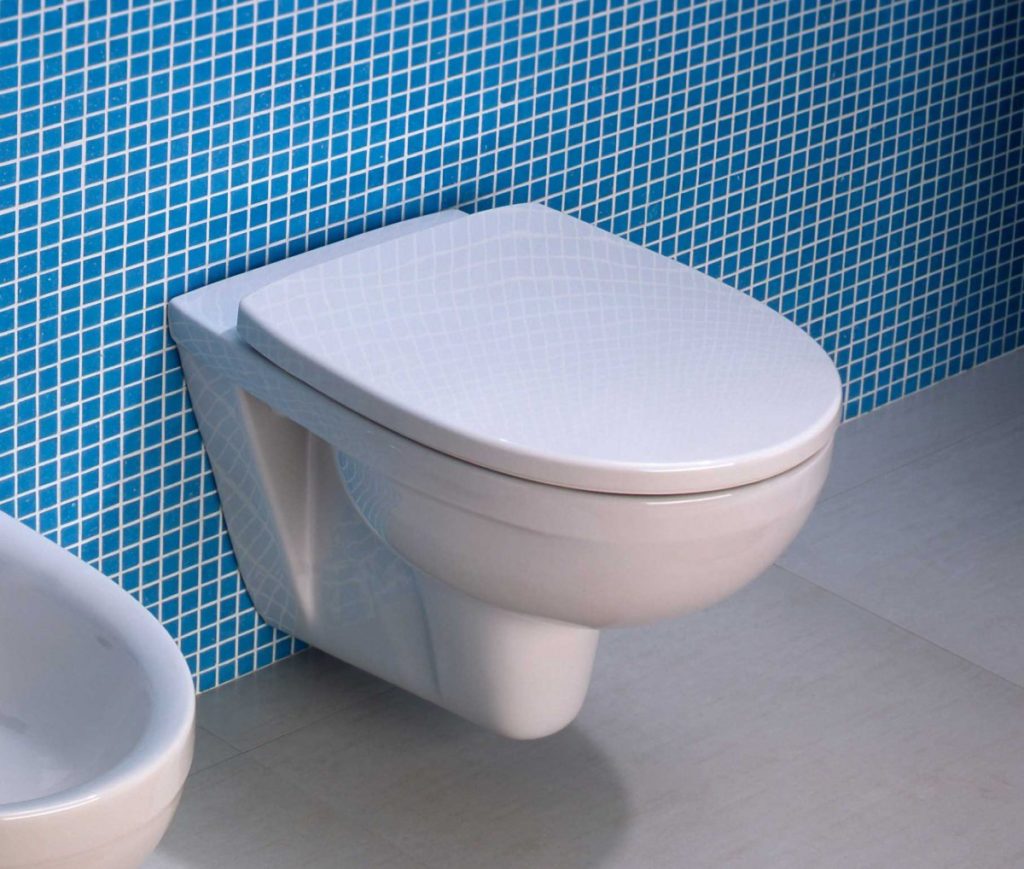
What could a tank be like?
There are three options for waste cisterns:
- Separated. The tank is mounted on the wall at a considerable distance from the bowl. It is connected to it using a pipe. A special lever is used to drain the water.
- Combined. The reservoir is installed directly on the toilet bowl.This design does not take up much space, so it is very popular. It is also easy to install and can be mounted at any distance from the wall of the room.
- Monoblock. A more modern version of the combined design. In this version, the cistern and toilet bowl are cast in a single block.
Plumbing with additional features
The development of modern technologies has not spared plumbing fixtures. “Advanced” models equipped with interesting functions are on sale:
- combined with a bidet;
- with automatic water supply system;
- with heated seat;
- with built-in flavor, music, LED lighting.
The use of the latest advances allows us to produce a wide variety of toilet models with many additional functions. This makes it much easier to choose the right option that will meet all individual requirements.

